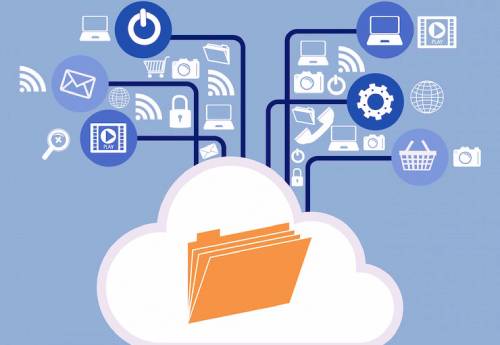Office 365 Migration: Simplify Email, Data, And
Application Transfers Effectively
Application Transfers Effectively
Transitioning to Office 365 simplifies the management of emails, data, and applications, while also improving security and teamwork. A thoughtfully organized migration minimizes interruptions and facilitates seamless shifts from on-premises systems or alternative cloud services. This guide outlines essential migration techniques, optimal strategies, and solutions to frequent obstacles for a successful implementation of Office 365. Visit this link to learn more.
Understanding Office 365 Migration
What Is Office 365 Migration?
The migration to Office 365 involves transferring an organization’s data, emails, and applications from their current setup, which could be an on-site server or a different cloud service, to Microsoft 365.
Benefits of Migrating to Office 365
- Seamless Collaboration – Collaborate in real-time and access your emails, documents, and applications from any location.
- Advanced Security –Integrated compliance measures, data encryption, and safeguards against threats provide security for businesses.
- Cost Savings – Reduces costs associated with hardware and lowers IT maintenance expenses.
- Scalability & Flexibility – Effortlessly adjust services to align with business expansion and changing requirements.

Types of Office 365 Migration
Cutover Migration
Cutover migration involves transferring all emails, contacts, and calendar information to Office 365 in one go. This strategy is ideal for small to medium enterprises that have fewer than 2,000 mailboxes. While it allows for a swift transition, meticulous planning is essential to reduce any potential downtime. After the migration is finished, all users can begin utilizing Office 365 right away.
Staged Migration
Staged migration is a method where emails and user accounts are moved to Office 365 in batches over time. This approach is ideal for medium to large organizations that cannot migrate everything at once. It allows IT teams to manage the transition smoothly while minimizing disruptions to business operations. However, staged migration is only compatible with Exchange Server 2003 or 2007, making it unsuitable for newer versions.
Hybrid Migration
Hybrid migration enables organizations to integrate their on-premises Exchange servers with Office 365, allowing a gradual transition. This approach is ideal for businesses that need to maintain some data on-premises due to compliance or operational requirements. It offers seamless coexistence, enabling users to access both environments during the migration. Hybrid migration provides flexibility but requires careful configuration and ongoing management.
IMAP Migration
Internet Message Access Protocol migration is used to move emails from non-Exchange mail servers like Gmail or other IMAP-supported platforms to Office 365. It transfers only emails, requiring separate methods for contacts, calendars, and tasks. While simple, IMAP migration can be slow and is best suited for smaller organizations with basic email needs.
Key Steps in Office 365 Migration
Assessment and Planning
- Identify Business Needs – Establish objectives for migration and evaluate the needs of the organization.
- Analyze IT Infrastructure – Assess the current systems, the amount of data, and how well they integrate with Office 365.
- Select Migration Method – Select the most suitable strategy considering the size of the business, its complexity, and how much downtime it can withstand.
Preparation
- Backup Data – Ensure that all emails, documents, and applications are protected prior to the migration process.
- Check Network Readiness – Make sure there is enough bandwidth to allow for seamless data transmission.
- Configure Office 365 – Establish user profiles, configure security preferences, and assign access rights.

Migration Execution
- Set Up Migration Endpoints – Create links between the existing system and Office 365.
- Transfer Data – Transfer emails, files, and applications while keeping track of the advancement.
- Minimize Downtime – Facilitate a seamless changeover while keeping business interruptions to a minimum.
Post-Migration Optimization
- Verify Data Integrity – Ensure all emails, files, and applications are transferred correctly.
- Train Users – Train staff on the latest Office 365 tools and functionalities to ensure a seamless integration.
- Monitor & Optimize – Track performance, address issues, and enhance system efficiency.
Common Challenges and Solutions
- Data Loss Risks: Migrating large amounts of data increases the risk of loss or corruption if not handled properly. Solution. Perform a full backup before migration, use reliable migration tools, and verify data integrity after transfer.
- Downtime and Business Disruptions: Interruptions during migration can impact productivity and communication. Solution. Schedule migration during off-peak hours, use a phased approach, and keep stakeholders informed to minimize disruptions.
- Compatibility Issues: Some legacy applications and email configurations may not work seamlessly with Office 365. Solution. Test all applications and integrations before migration, update outdated software, and use Microsoft’s compatibility tools to ensure smooth functionality.
- Security and Compliance Concerns: Migrating sensitive business data raises security and compliance risks. Solution. Enable Office 365 security features, implement access controls, use encryption, and ensure compliance with industry regulations.